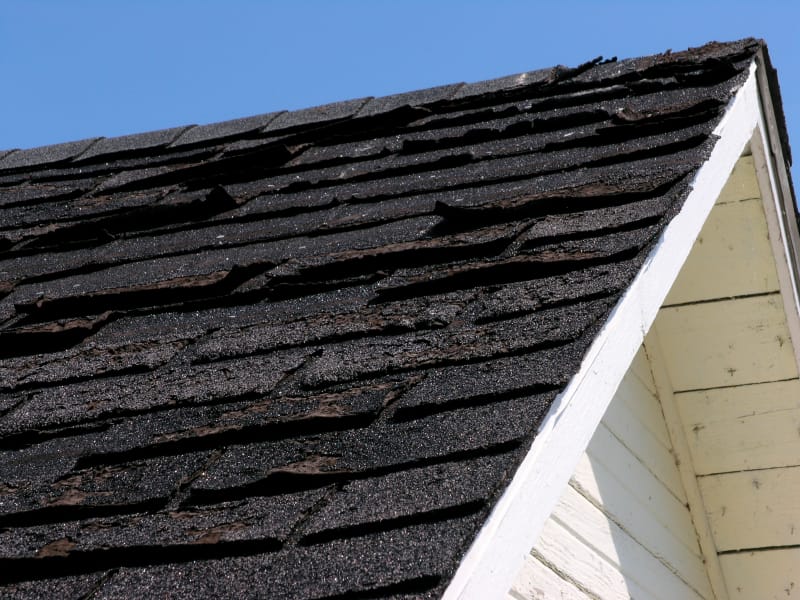How to Decide Between Roofing Repair and Replacement
If a big storm has recently moved through your area, or if your roof is springing leaks frequently, you may be contemplating your next steps. Making the right decision means more than just keeping water out of your home. It can also mean saving money in the long term. There are some situations that call for a simple roofing repair, but others will demand a total replacement.
Depending on the type of roofing material originally used, there are key signifiers to look for that can help indicate whether a home needs to be repaired or replaced by a roofing company. However, it’s not always easy to decide between repair and replacement.
How to Decide Between Repair and Replacement
To begin the process of determining if a roofing repair is needed, you should begin by inspecting the interior ceiling and attic of a home. If the structure appears to be drooping, thinning, or marked with leaks and water damage, it is time to contact a roofing company.
Even if everything appears to be normal on the inside of a roof, it is still essential to look for exterior damage.
The following are some ways to better determine between roofing repair and replacement.
Torn Shingles
Shingles that are torn or damage can typically be replaced easily and with little expense. A qualified contractor can simply remove the damaged pieces and slip new ones into place. Unless you have leftover shingles from the original installation, it is possible that the new pieces may not match your existing roof. However, a quick roofing repair can extend the life of your roof for up to a decade, if done correctly.
Sometimes damage is not contained to just a few shingles. If the harm is more widespread but is just on one side, you may want to consider partial re-roofing. This option can cost thousands of dollars less than replacing the entire roof.
There are a few downsides to this option. For example, while the overall cost of the project may be less, the cost-per-square is more expensive. If your roof is older, the new and old sections may not match both in color and even in height. Asphalt roofs have layers, all of which will need to be removed and replaced. This may leave you with the possibility for a lopsided effect at ridges.
While roofing repair or partial replacement can be good options, a total roof replacement may end up costing you less in the long term. This is an especially good option for homeowners who have roofs that are nearing the end of their lifetime. Take into consideration your climate and the likelihood of having to replace your roof sooner than later. It may be worth it to do the job now and save yourself time and money down the road.

